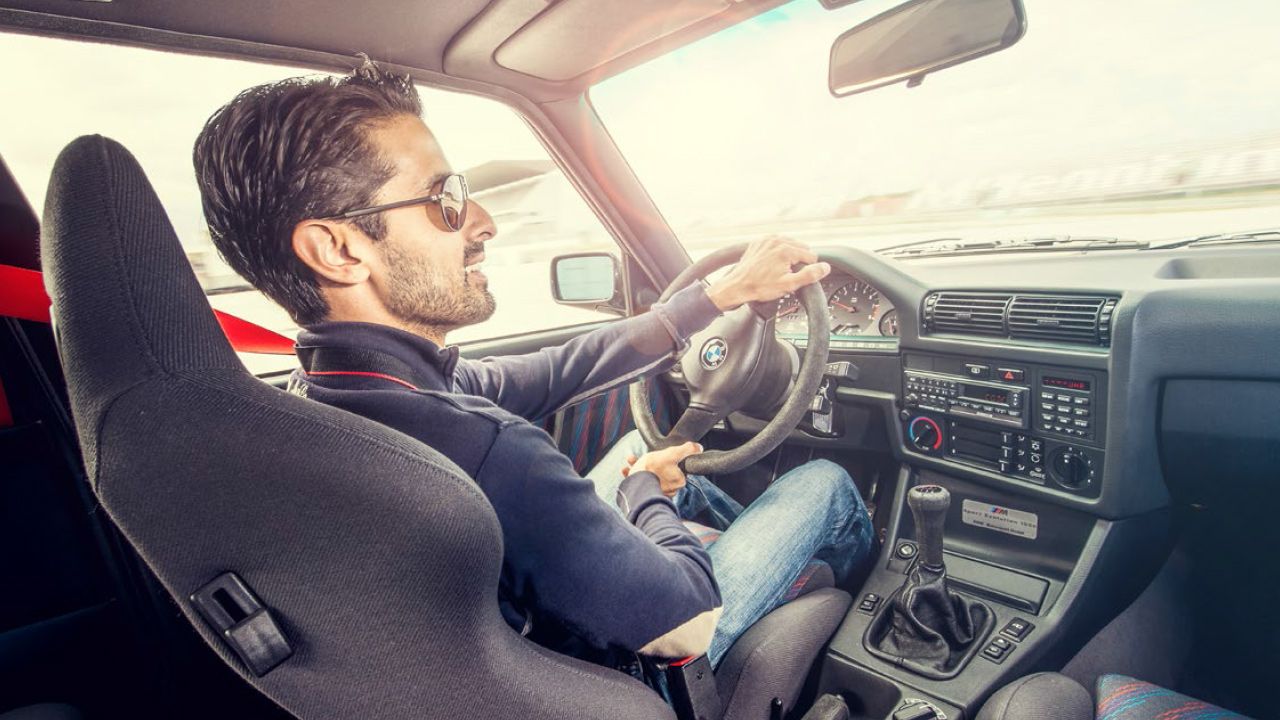
Why do we test everything from a Thar to a Splendor at the BIC?
Well, it’s fun of course! But, there’s a lot more to it than that. Sure, a Splendor is better at fulfilling daily duties than clipping apexes, and the Thar is more suited to Khardung La than the Parabolica.
But the fact is that if the Splendor can clip an apex with ease and the Thar can navigate the Parabolica without falling over, it’ll make them better at performing the tasks that their owners regularly assign them. If at the very limit, they can hold their own – if they can be revved to within an inch of their lives without fear, and can be pushed to the very limits of adhesion without apprehension – then you know you’re dealing with a well-engineered machine.
But if it falls apart when really pushed, then how can you trust it when you’re forced to perform an emergency accident avoidance manoeuvre, or when you have to drive or ride in treacherous conditions. And that’s the beauty of a lap-time as a marker of the dynamic abilities of a vehicle. After all, it takes into account everything from braking and acceleration to handling and steering and packages it all perfectly into an objective marker that you can use to directly compare one machine with the next. And you can’t deny that extracting every ounce of performance from a machine is enjoyable.
Over the years, we’re starting to see fewer machines fall apart at the limit – and that’s a sure sign of progress. But it’s the racetrack that separates the men from the boys. And it’s here that the engineering prowess of the Germans that still shines. The Audis, BMWs, Mercs and VWs are still the most surefooted when being pushed beyond their comfort zones. Sure, the Koreans have taken a huge step up over the years, and the Japanese have an inherent quality that’s always prevalent under the surface, but it’s the Europeans that truly come into their own when you put your foot to the floor.
But the Indians are getting up there too. The Tatas are always very surefooted. Where they fall short is the interface with the driver – the steering feedback, especially, leaves you a bit nonplussed. Mahindra has improved massively over the years as well, even with their large SUVs, but it’s the finer points that still need to be ironed out.
Take the Tata Harrier and Mahindra Thar for instance. The Harrier is based on a Land Rover chassis, so it’s incredibly surefooted, and the Thar has a silky smooth and punchy diesel drivetrain that’s indestructible. But both machines suffered from sketchy electronics at the track. The minute the ESP (Electronic Stability Program) system in both cars sensed even the slightest yaw angle, roll or pitch, it would cut in abruptly and shut down all thoughts of partaking in any further unruly behaviour. Not only was this quite unnerving, but it also adversely affected their lap times. Sure, they’re not engineered to break lap records, but they should at least remain predictable and consistent at the limit.
I, especially, wanted the Thar to perform well since it oozes character and desirability. Of course, it’s engineered for the road less travelled, but it still has to conquer the highway to get there.
At any rate, it’s always enlightening to push these vehicles to the limit. And fun – did I mention fun?
Read more:























Write your Comment